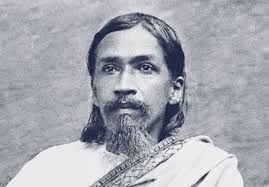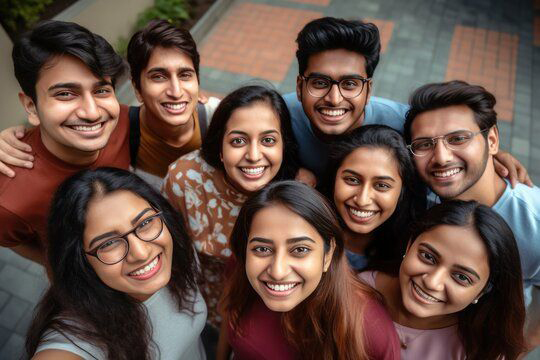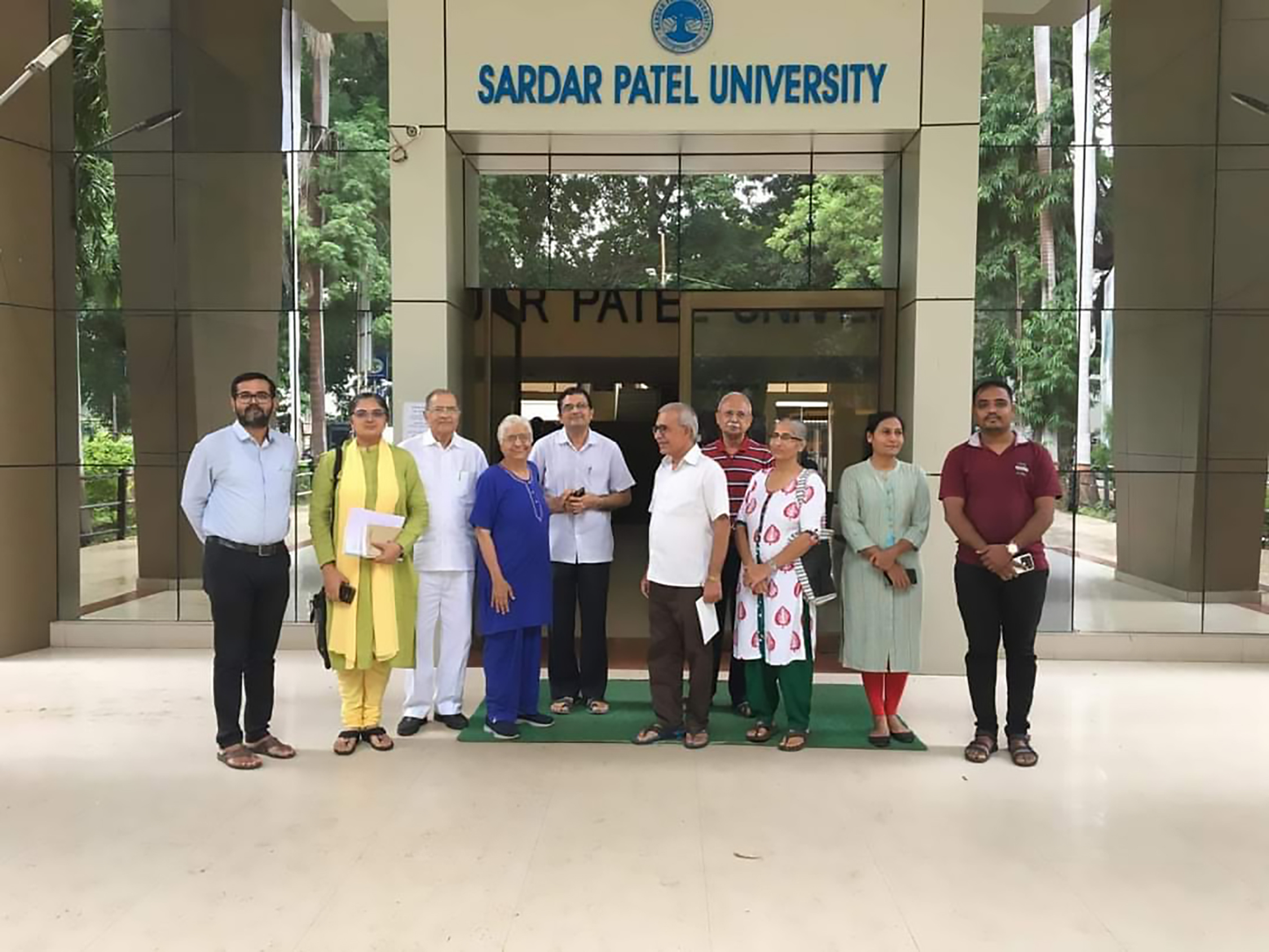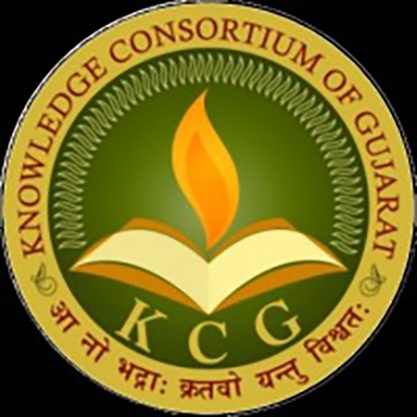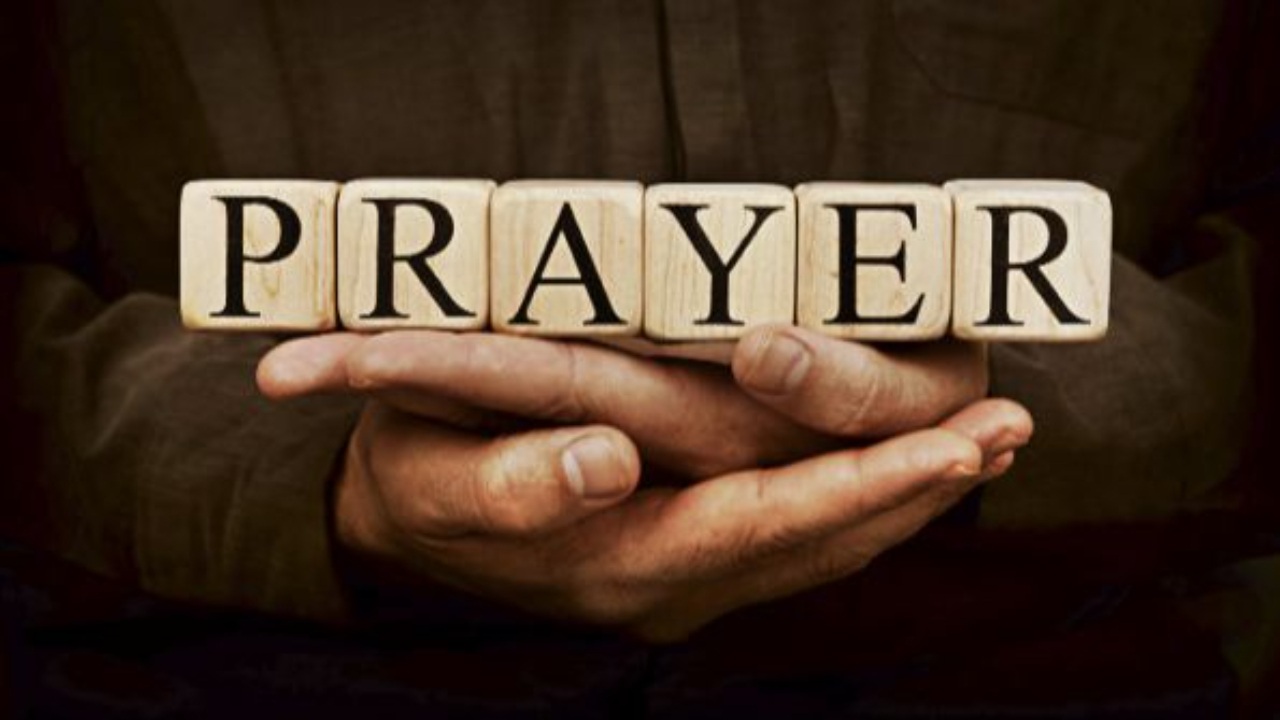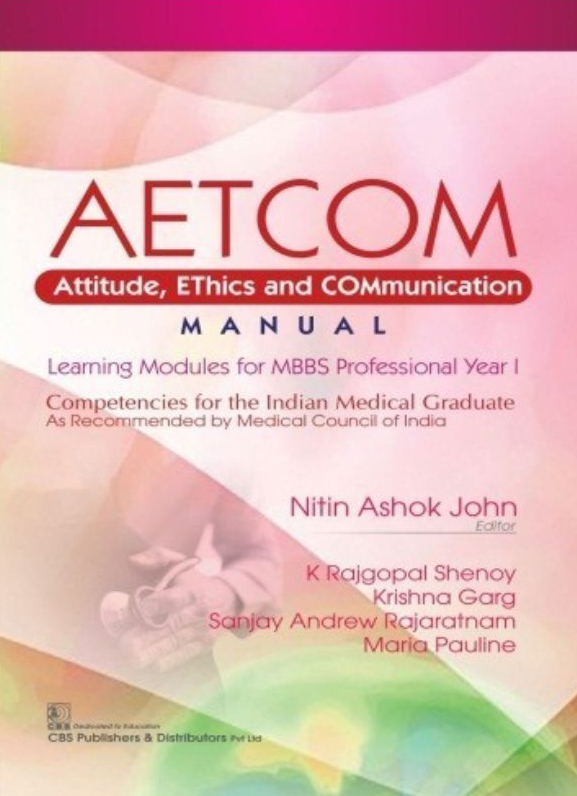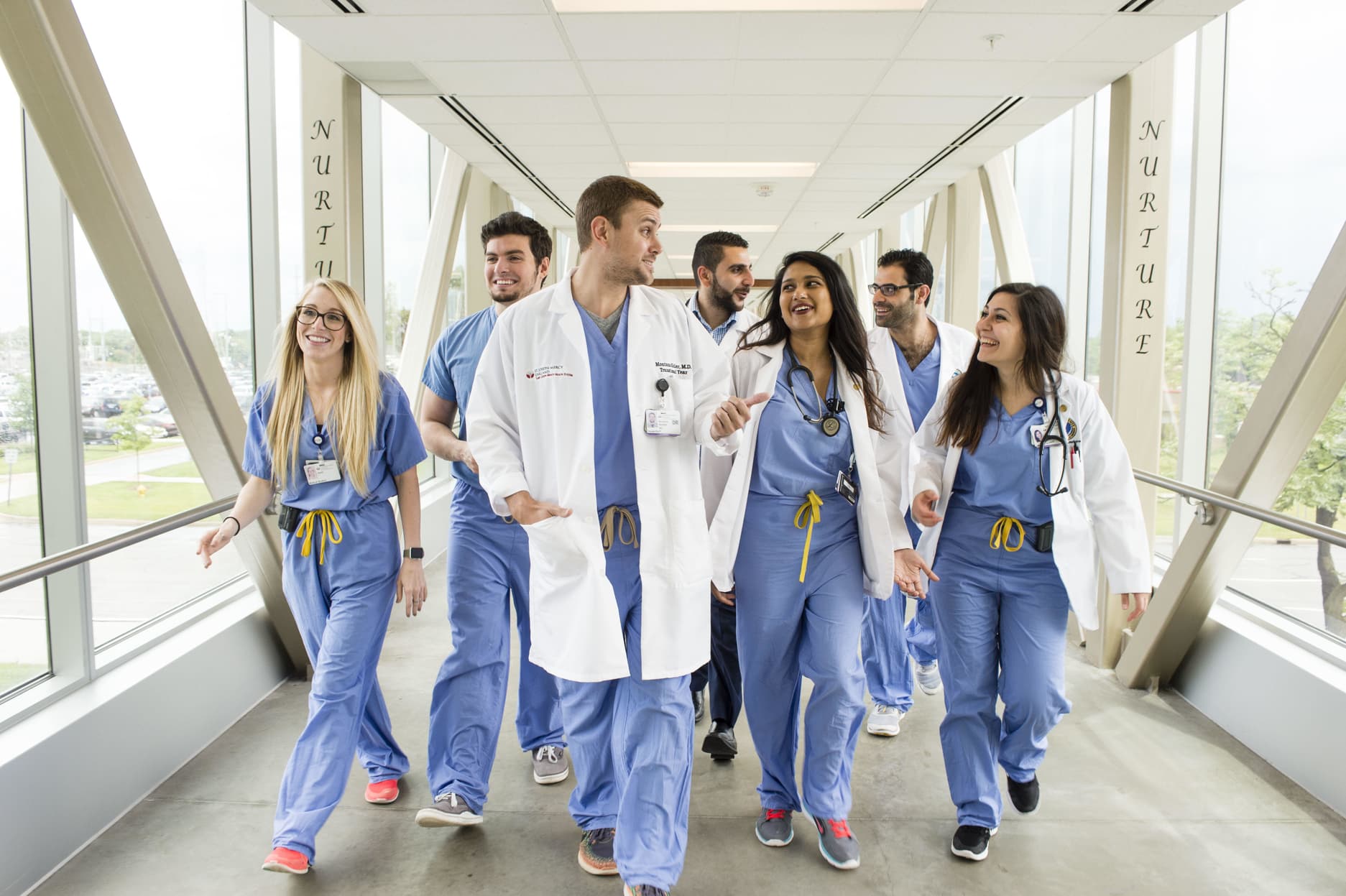Education in medicine
Incorporating Spirituality in Higher Education and Patient-Care: Innovative Practices
Abstract
This article is an attempt to outline various innovative practices in education and patient-care implemented over the past two decades by the Sri Aurobindo Chair of Integral Studies at Sardar Patel University, Vallabh Vidyanagar, Gujarat, and by the Pramukhswami Medical College at Bhaikaka University, Karamsad, Gujarat. These practices are deliberate efforts to raise awareness about spirituality and integrate it into mainstream educational and healthcare programmes. The practices mentioned are formal educational activities with a significant student participation.
Background
Sri Aurobindo, watching the march of human civilisation, declared more than a century ago, “The world knows three kinds of revolution. The material has strong results, the moral and intellectual are infinitely larger in their scope and richer in their fruits, but the spiritual are the great sowings (1).”
It is impossible to deny the obvious; there is a growing awareness about spirituality and its application in higher education. Efforts by academia to rediscover the meaning and application of spirituality represent, as it were, a way of re-casting in a scientific framework the concepts that diverse ancient cultures across the globe had known and imbibed for millennia. The ancient Indian civilisation considered that every human being holds an immanent Godhead, known as Soul, within oneself, but most are only faintly aware of the same. Spirituality is defined as a process of a more complete awareness and expression of the immanent Divine in every aspect of life. Indeed, this has been the master-key of the Indian mind (2).
Although definitions of spirituality vary in different philosophical and academic paradigms, there is a consensus in modern psychological terms that the term spirituality covers three broad aspects: the “Realisation of one’s Full Potential;” the “Meaning and Purpose of Life;” and “Happiness from Within (3).”
Training of students must not be limited to the vast volumes of information; it must include crucial non-technical attributes which go on improving their outlook of life and pursuit of the true aim of life. Notwithstanding the immense importance of including spirituality in mainstream education and its growing importance, spirituality remains the ‘missing link’ in our academic agenda. Pursuance of any educational goal which does not take cognisance of the value of one’s innermost Self leads to truncated growth.
In the words of Sri Aurobindo, “India has seen always in man the individual, a soul, a portion of the Divinity enwrapped in mind and body, a conscious manifestation in Nature of the universal self and spirit.
“Always she has distinguished and cultivated in him a mental, an intellectual, an ethical, dynamic and practical, an aesthetic and hedonistic, a vital and physical being, but all these have been seen as powers of a soul that manifests through them and grows with their growth, and yet they are not all the soul, …
“…it should be clear that the only true education will be that which will be an instrument for this real working of the spirit in the mind and body of the individual and the nation. That is the principle on which we must build, that the central motive and the guiding ideal. It must be an education that for the individual, will make its one central object the growth of the soul and its powers and possibilities, for the nation will keep first in view the preservation, strengthening and enrichment of the nation-soul and its dharma and raise both into powers of the life and ascending mind and soul of humanity. And at no time will it lose sight of man’s highest object, the awakening and development of his spiritual being (4).”
While the national leaders were preoccupied with the struggle for political independence, Sri Aurobindo envisioned that real freedom and the renaissance of the country can be achieved only by faithful pursuance of ideals that stem from the roots of Indian civilisation, the soul of the nation.
He wrote:
“A spiritual ideal has always been the characteristic idea and aspiration of India. But the progress of Time and the need of humanity demand a new orientation and another form of that ideal. The old forms and methods are no longer sufficient for the purpose of the Time-Spirit. India can no longer fulfil herself on lines that are too narrow for the great steps she has to take in the future. Nor is ours the spirituality of a life that is aged and world-weary and burdened with the sense of the illusion and miserable in utility of all God’s mighty creation.
“Our ideal is not the spirituality that withdraws from life but the conquest of life by the power of the spirit. It is to make of all our action a sacrifice to the master of our action and an expression of the greater self in man and of all life a Yoga.
“This then is the message we shall constantly utter and this the ideal that we shall put before the young and rising India, a spiritual life that shall take up all human activities and avail to transfigure the world for the great age that is coming. India, she that has carried in herself from of old the secret that can alone lead the way in this great transformation of which the present sandhya of the old yuga is the forerunner.
“This must be her mission and service to humanity, — as she discovered the inner spiritual life for the individual, so now to discover for the race its integral collective expression and found for mankind its new spiritual and communal order.
“Our first object shall be to declare this ideal, insist on the spiritual change as the first necessity and group together all who accept it and are ready to strive sincerely to fulfil it: our second shall be to build up not only an individual but a communal life on this principle.
“An outer activity as well as an inner change is needed and it must be at oncsr the nation but for the whole human people (5).”
Sri Aurobindo, the prophet of nationalism and the harbinger of the Supramental transformation of the human race, has provided a Sunlit Path to the youth of India to walk on for developing a nation in consonance with the Truth of its Being.
This article describes some of the educational and patient-care innovative practices undertaken during the last two decades by the Sri Aurobindo Chair of Integral Studies, Sardar Patel University, Vallabh Vidyanagar, Gujarat and by the Pramukhswami Medical College, Bhaikaka University, Karamsad, Gujarat as deliberate attempts to enhance awareness about spirituality and imbue the same in mainstream educational and healthcare programmes. The practices described here are more formal and have sizeable student involvement. The article does not contain many other educational activities which are similar in their intent and even more consistent in their pursuance.
The Sri Aurobindo Chair of Integral Studies, Sardar Patel University is a pioneering chair in the country, which has strived to incorporate Sri Aurobindo’s teachings on Integral perspectives of life and education to the academia. Pramukhswami Medical College is the first self-financed medical college in the state of Gujarat, which is committed to establishing high standards of medical education and patient care, in accordance with the highest standards of the medical profession.
The incorporation of spirituality in mainstream education requires:
1. An inclusive curriculum which focuses on life-centric rather than subject-centric areas of learning. Elucidation of the Indian concept of human beings and true spirituality are necessary right from the commencement of any such innovation.
2. Practices which emphasise the Inner Self, so as to help students to become aware of the Peace Within, The Divine Within.
3. Practices based on the inclusion of collaborative wisdom of science and Spirituality in areas of work.
This requires transformative pedagogic approaches, which extend beyond the trans-missional and generative approaches on the one hand and deliberate efforts to break the silos between health and education interventions on the other. To put it succinctly, any activity which brings back the focus on ‘the fourth dimension’, contributes towards greater inclusion of spirituality in mainstream education and therefore fosters correct synthesis of science and spirituality.
Some of the innovative practices carried out during the last twenty years are as under:
i. Life Enrichment course
• Practice: a short-term credit course, entitled ‘Life-Enrichment Course’, was offered to more than 1,200 postgraduate students in Humanities and Social Sciences across 15 departments/PG Centres over two years. Selected writings of Sri Aurobindo, the Mother, Swami Vivekananda, Mahatma Gandhi, Rabindranath Tagore and others were included in the textbooks for the course. Faculty training was carried out through workshops. Specially designed question banks were prepared. The questions were categorised into three sections: (i) Section 1 contained very basic questions like, ‘What is the importance of prayer in life? Give some examples of your own experiences about your Call and the Answer. (ii) Section 2 contained questions which would require some reading of the textbooks. (iii) Section 3 contained questions based on in-depth study of the textbooks. The question bank also contained some self-learning activities. It was indeed very gratifying to read the answers of students which included their own expressions about such quintessential components for enriching life. Due to changes in the credit system structure, the course could not be continued for more than two years. It is now proposed to introduce the course on online platforms. The textbooks can be accessed from the website of the university: https://www.spuvvn.edu/academics/academic-chairs/sri-aurobindo-chair-of-integral-studies/life-enrichment-course/
• Programme evaluation, impact of the intervention and recognition:Although not systematically carried out, the programme was recognised by the Knowledge Consortium of Gujarat as a uniquely innovative attempt to add life-centric education in mainstream education agenda. The Knowledge Consortium also facilitated live telecast of lectures and discussions through the Open Classroom. The textbooks of the course were adopted and published by the University Granth Nirman Board of Gujarat state.
ii. Evolve Meetings
• Context: There are innumerable factors which influence the process of healing. They are deeply rooted in the Indian psyche, yet are not part of mainstream medical curricula. Every student should be given an opportunity for imbibing these qualitative dimensions of care and to reflect upon these factors and share their views.
• Practice: Participatory sessions, titled, ‘Evolve Meetings’ for the entire class of first MBBS were carried out once a month for several years. The topics covered include: ‘Empathy’, ‘I treat, He Cures’, ‘Prayer’, ‘Faith’, ‘Healing Touch’, ‘The Healer Within’, etc. During each Evolve Meeting, three to four students and a few faculty members would express their views on the theme of the meeting.
• Programme evaluation and impact of the intervention: Although a programme evaluation of the Evolve Meeting has not been carried out, we believe the programme itself could create a niche somewhere in the minds and hearts of doctors, in making our impressions convey that the programmes have successfully influenced the thinking process of students. When a short note on ‘Importance on Faith in the treatment’ was asked, one student wrote, “Faith creates a milieu for effectuating healing.“
iii. Activities under Attitude, Ethics and Communication Module (AETCOM)
• Context: The National Medical Council introduced the AETCOM module in undergraduate courses, with an aim to facilitate the institutions and faculty in implementing a longitudinal programme that will help students acquire necessary competence in the attitudinal, ethical and communication domains. It offers a framework of competencies that students must achieve. A number of competencies are covered by teaching through case-based scenarios, role-play, discussions, etc. Some of the competencies covered in the AETCOM module include: (i) What does it mean to be a doctor?, (ii) What does it mean to be a patient?, (iii) Doctor-patient relationship, etc. — https://www.nmc.org.in/wp-content/uploads/2020/01/AETCOM_book.pdf
These modules are taught by faculty members of all four professional years, with a focus on specific areas pertaining to the subjects of study. Assessment of students for AETCOM topics has now been made compulsory by the National Medical Council. The assessment is done by asking students questions in theory papers and also in practical exams by asking them to demonstrate skills of communication.
• Practice: in the recently completed Preliminary examination of Final MBBS, the following question was asked as one of the AETCOM questions: ‘To cure sometimes, relieve often, comfort always.’— “Describe your views on this well-known quote. Provide some examples that you have seen during your undergraduate training period which have exemplified the message of the quote.” It is very evident that for students, this question was completely out of the blue. They would not have dreamt about the possibility of such a question, leave aside any reading about it. It was astonishing that the students came up with heart-touching answers.
Results and programme evaluation
The following are some of the unique comments written by students in their answers:
1. “This quote reflects the necessity to treat the patient as a whole, and not merely his disease.”
2. “Sometimes we forget our responsibility to society by becoming mechanical in our approach.”
3. “This quote provides the exact definition of being a doctor.’
4. ‘This quote reflects the ‘lifestyle’ of the doctor.”
5. “Patients come at different stages. If they come early, cure is possible. If late, provide comfort, which is all necessary.”
6. “In the end, all three are important. It is for us to choose according to the need of the hour.”
7. “One should ‘heal patients by one’s words.”
8. “If this practice is carried out effectively, ‘the nation overall will be healthy.’”
9. “This quote provides the ‘core component of the doctor-patient relationship.”
10. “One must listen to patients and not simply hear them.”
11. “I have seen this quite often prescribed in my college.”
12. “Not every patient needs medicine. Some get well by healing words which comfort them.”
13. “Ideally, if this is practised, every patient will exit from OPD with a smile on his face.”
14. “The doctor should also heal.”
15. “My viewpoint about patient-care has evolved during these years of study…. a gentle touch, some words of affirmation, a comforting smile, can work miracles which no drugs would be able to do.”
16. “Hope and happiness are the best remedies for patients and a doctor is placed in the best situation to provide.”
17. “Good doctors should have a holistic approach.”
The outcome has not been systematically studied, the comments provided by the students, howsoever impromptu as they may seem, provide an idea about the depth of their reflections and their sense of observation. This will remain an ongoing activity.
iv. Practices which emphasise the Inner self, so as to help students to become aware of the Peace Within, The Divine Within: Guided Meditation workshops and practice sessions for Integral Health and Well-being
• Context: in the parlance of modern psychology, well-being is defined as a ‘unifying concept of hedonic and eudaimonic dimensions.’ However, according to the spiritual perspective, the term refers to ‘awareness and transcendence to a higher state of consciousness, which human beings are capable of accessing.’
• Practice: guided meditation practices are being conducted in diverse groups of school and college students, trainee teachers, healthy adults, nurses and patients suffering from hypertension, critical illness, chronic renal failure, post-partum patients and others. Elective guided meditation has been introduced for Final MBBS students as a part of CBME curriculum. The duration of each session is 15-20 minutes and overall duration of intervention has varied between 8-12 weeks. Many single/limited sessions have also been carried out.
The parameters studied are:
Subjective: Peace, Happiness, Enthusiasm, Feeling Relaxed, Inspired, Energetic, Control over anger;
Objective: Heart Rare variability, KDQOL, Happiness, Perceived stress, Psychological general well-being, Self-esteem, Quality of life, Spiritual Intelligence, Burn-out, Resilience. Several national and international publications and presentations have been carried out. (6,7,8)
• Results and programme evaluation:
1. Research: quantitative and qualitative results of effects of meditation have consistently demonstrated improvement in the quality of well-being and physiological-biochemical parameters in scientific studies and randomised control trials. In schoolchildren, college students and obstetric patients the effects have been noteworthy. The results have been shared in four publications and many presentations at national and international platforms. Four M.D. and two Ph.D. students have undertaken scientific studies on effects of meditation on health and well-being.
2. Medical students have been trained to carry out meditation sessions during their posting in the Guided Meditation elective. Students were asked to conduct guided meditation sessions for oncology patients and students of other batches. The results were very touching.
v. Assessment of Spiritual Intelligence of students entering medical college: a research project
• Context: Spiritual intelligence [SI] is reported to provide meaning-giving and context-creator functionality, besides enhancing academic engagement and care competence. Enabling medical students to become aware of their own SI has a potential to provide a transformational edge to the learning process.
• Practice: we studied spiritual intelligence, daily spiritual practices and work satisfaction of 127 students of a first- year undergraduate course in our college, using a questionnaire-based survey. A Spiritual Intelligence Self-Report Inventory [SISRI 24] was used, which measures overall spiritual intelligence and its four components: Critical existential thinking, Personal meaning production, Transcendental awareness, Conscious state expansion.
• Results and programme evaluation: eighty-five percent of students had moderate/high SI scores: critical existential thinking [17.0/28], Personal meaning production [12.9 /20], Transcendental awareness [17.8/28], Conscious state expansion [9.8/20]. SI was significantly associated with work satisfaction [p = 0.006]. More than 80% of students were regularly undertaking spiritual practices [prayer, meditation, etc.]. The students reported that spirituality is very important and helpful in personal and professional growth.
This study brings home the point that students entering medical studies should be provided opportunities for exploring their spiritual insight and strengthening the same as a pedagogic intervention.
Conclusion
A bold declaration that an all-inclusive Spirituality must form the very core of Indian nationhood is imperative for ushering in spiritual reform in education. This is indeed a much awaited and most needed step for transforming education.
The process of ingraining concepts and components of spirituality in educational programmes may require diverse, innovative pedagogic interventions. The interventions must be initiated following spontaneous inspiration and pursued with dedication.
Activities which engage students in active learning are more effective than didactic sessions. Nurturing spirituality in the minds of students is not as difficult as it is thought to be. Giving opportunity to students to reflect upon deeper values and allowing them to express through diverse teaching activities and formative/summative assessment activities may take us by surprise by the wealth and depth of their understanding, only if we could ‘open the window’... The Divine Presence is always, always, latent in every human being, ready to be awakened.
Victoire à la Douce Mere!
References
1. Sri Aurobindo. The Complete Works of Sri Aurobindo. Volume 13. Pondicherry: Sri Aurobindo Ashram Trust; 1998, p. 210.
2. Sri Aurobindo. Complete Works, Volume 20; 1997, p. 6..
3. Dhar N, Chaturvedi S, Nandan D. Spiritual Health Scale 2011: Defining and Measuring Four Dimensions of Health. Indian J. Community Med. Off. Publ. Indian Assoc. Prev. Soc. Med. 2011; 36: 275-82.
4. Sri Aurobindo. Complete Works, Volume 1; 2003; pp. 426-27.
5. Sri Aurobindo. Complete Works, Volume 13; 1998; pp. 509-11.
6. Vaishnav BS et al. Effect of Yoga-Nidra on Adolescents’ Well-being: A Mixed Method Study. Int J Yoga 2018;11 (3): 245-48.
7. Vaishnav, BS, Vaishnav, SB, Vaishnav, VS, Bharucha, N, Varma, J. Transformative effects of yoga nidra on hedonic and eudemonic dimensions of well-being: A qualitative study in trainee teachers. International Journal of Yoga - Philosophy, Psychology and Parapsychology 2019; 7: 17 -23.
8. Vaishnav, BS, Hirapara JJ, Shah MK. Study of effect of guided meditation on quality of life in patients of end stage renal disease (ESRD) on maintenance haemodialysis – a randomised controlled trial. BMC Complement Med Ther 2022; 22 (1): 238.
Dr. Bhalendu Vaishnav is Chairperson, Sri Aurobindo Chair of Integral Studies, Sardar Patel University, Vallabh Vidyanagar; Professor and Head, Dept. of Medicine, Pramukhswami Medical College, Bhaikaka University, Karamsad, Gujarat [email protected]; Prof. Param Pathak is Professor, Postgraduate department of Gujarati; Convener, Life Enrichment Course, Sardar Patel University; Dr. Smruti Vaishna is Professor and Head, Department of Obstetrics and Gynaecology Pramukhswami Medical college, Bhaikaka University, Karamsad, Gujarat; Dr. Vibha Vaishnav is Professor Postgraduate department of Electronics, Hon. Director, Community Science Centre, Sardar Patel University.
Share with us (Comments,contributions,opinions)
When reproducing this feature, please credit NAMAH,and give the byline. Please send us cuttings.

